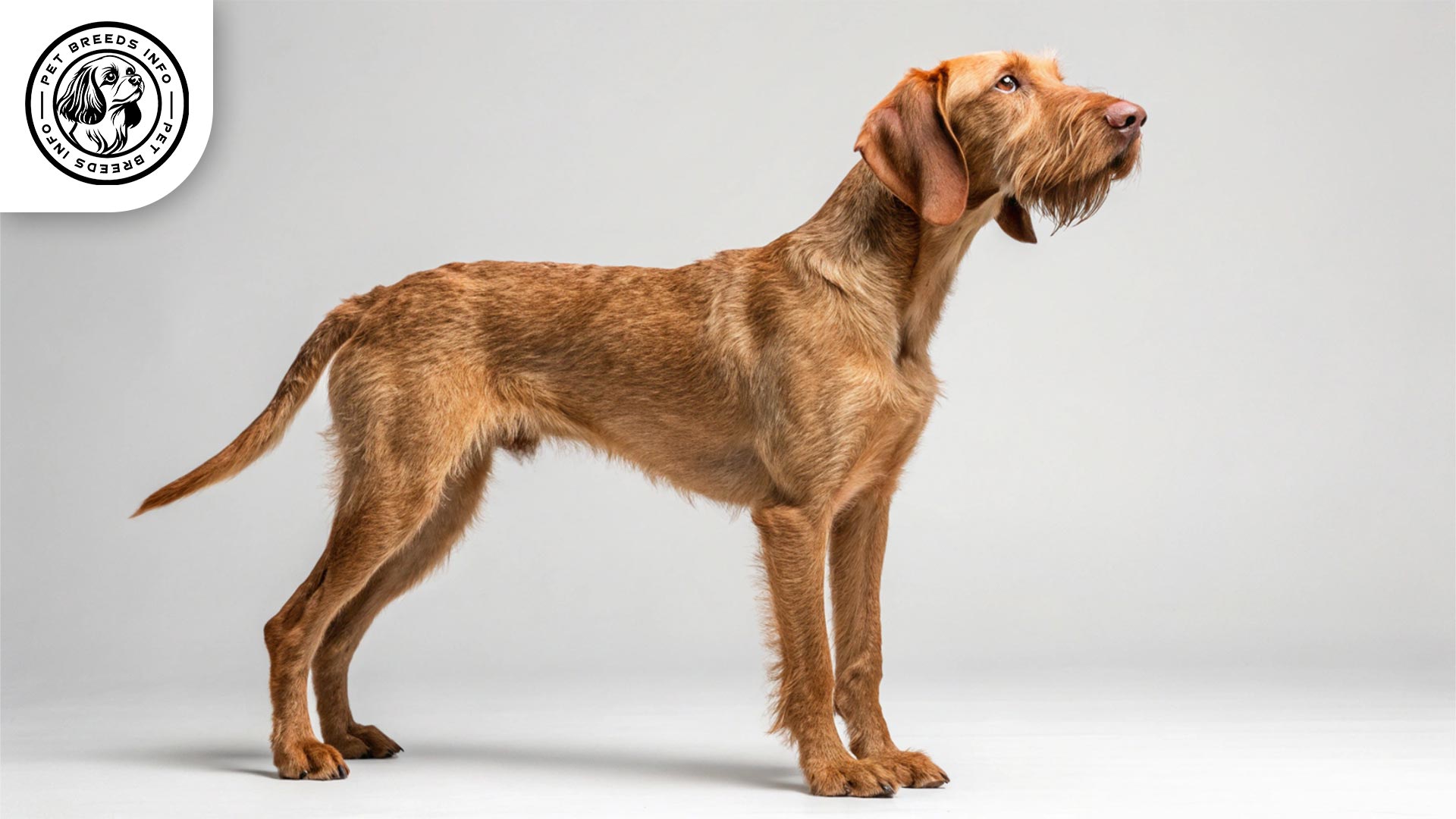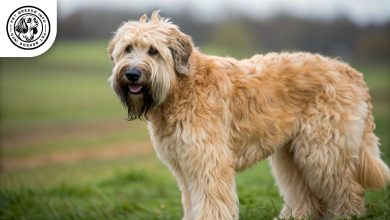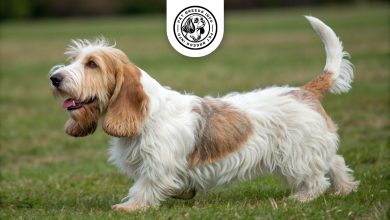Wirehaired Vizsla Dog Breed: Size, Price & Personality
General Introduction of the Breed
The Wirehaired Vizsla, known as Drótszőrű Magyar Vizsla in Hungarian, is a versatile hunting and companion dog breed originating from Hungary. This breed was developed in the 1930s by crossing the Hungarian Vizsla with the German Wirehaired Pointer to create a tougher hunting dog suitable for various terrains and weather conditions. Wirehaired Vizslas are known for their loyal, affectionate nature and exceptional hunting skills.
Table of Contents
| Weight | 45-65 lbs |
| Lifespan | 12-14 years |
| Diet | High-quality dry, wet, or raw food, protein-rich |
| Care | Weekly brushing, occasional hand-stripping, daily exercise |
| Health | Prone to hip dysplasia, epilepsy, and eye disorders |
| Color | Golden rust |
| Nature | Loyal, energetic, affectionate |
| Price | $1,500-$2,500 |
Physical Characteristics
Male Wirehaired Vizslas typically stand between 22 to 25 inches tall and weigh around 55 to 65 pounds, while females are slightly smaller, measuring 21 to 24 inches in height and weighing 45 to 55 pounds. Their dense, wiry coat provides protection against harsh weather and is usually a golden rust color. They have medium-sized, oval-shaped eyes, usually in shades of brown, that give them an expressive, intelligent look. Their ears are set moderately high, hanging close to the sides of their head, and their tail is typically docked about one-third of its natural length. Distinctive physical traits include their weather-resistant coat, well-muscled body, and characteristic beard and eyebrows, which give them a unique, rugged appearance.

Personality and Temperament
The Wirehaired Vizsla is highly intelligent and eager to learn, making it responsive to training. It is an energetic breed that requires regular physical and mental stimulation. Extremely affectionate and attached to its owners, this breed thrives on companionship and is known to form strong bonds with family members. Wirehaired Vizslas are friendly and social but may be reserved with strangers initially. They generally get along well with children and other pets if properly socialized. Due to their hunting background, they have a strong prey drive but are also playful and sensitive to their environment. Sudden changes in routine or loud noises may make them uneasy.
Read More: Thai Ridgeback Dog
Care and Maintenance Requirements
This breed needs daily exercise, including long walks, running, and engaging playtime in open spaces. Apartments may not provide enough space for their high energy levels unless they receive sufficient outdoor activity. Their wiry coat requires weekly brushing to remove loose hair and dirt. Shedding is moderate, and occasional hand-stripping of the coat helps maintain its texture. Wirehaired Vizslas are sensitive to extreme heat and cold, so their exposure to harsh weather should be limited. Proper hygiene care, including regular ear checks, nail trimming, and teeth brushing, is essential for their well-being.
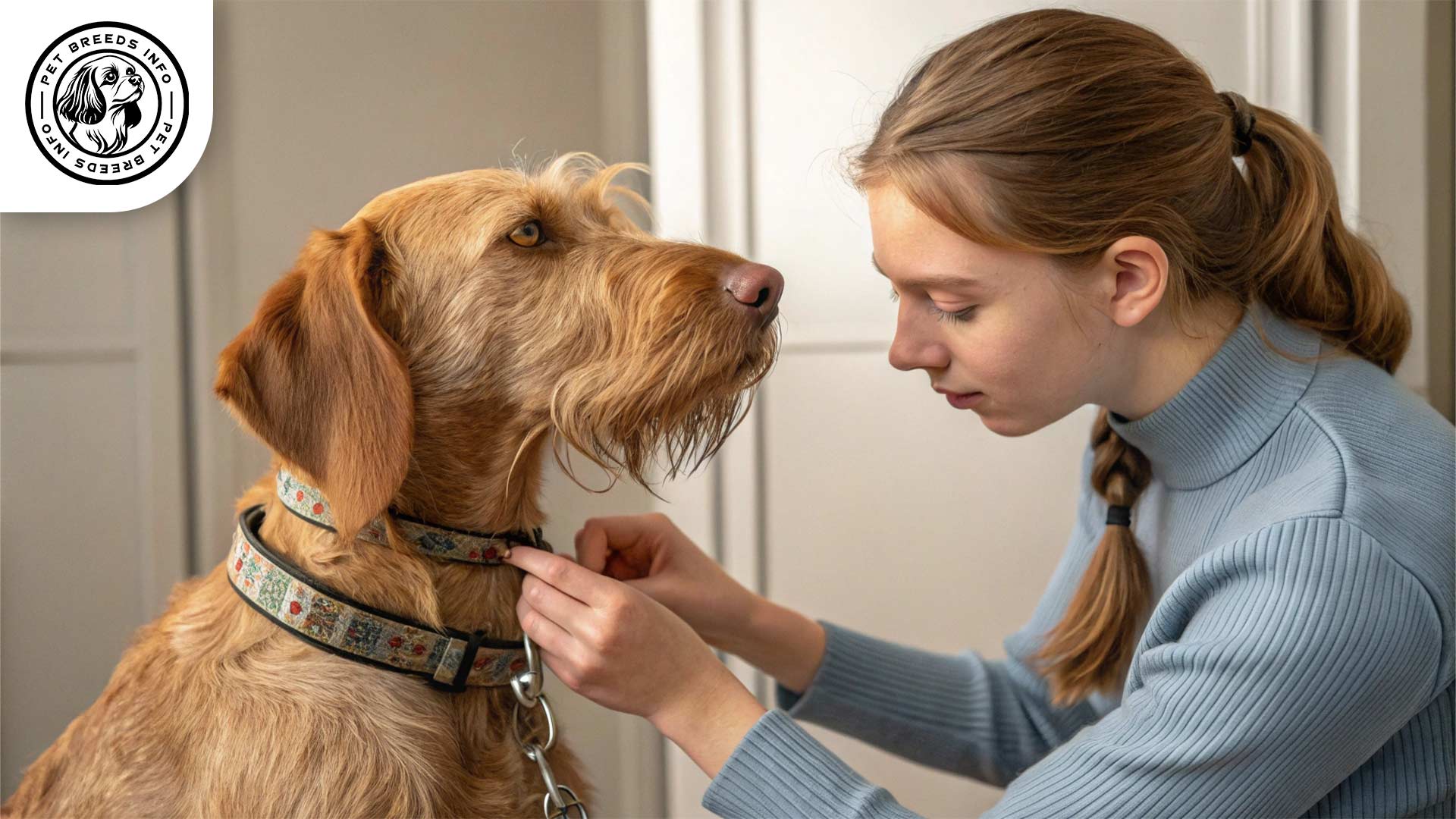
Diet and Nutrition
The ideal diet for a Wirehaired Vizsla consists of high-quality dry, wet, or raw food rich in protein and healthy fats. They benefit from a diet including lean meats, vegetables, and grains. Avoid feeding them processed foods, excessive fats, or bones that could splinter. Chocolate, onions, and grapes are toxic and should never be given. Adult dogs should be fed two meals per day, while puppies require three to four smaller meals to support growth and development.
Health and Common Medical Issues
Wirehaired Vizslas are generally healthy but may be prone to genetic conditions such as hip dysplasia, epilepsy, and eye disorders like entropion. They can also suffer from hypothyroidism and bloat, a potentially fatal condition requiring immediate attention. Their average lifespan ranges from 12 to 14 years. Routine veterinary checkups, vaccinations, and preventive healthcare measures, including parasite control, are crucial for their longevity and well-being.
Read More: Transylvanian Hound Dog
Training and Behavior Management
Wirehaired Vizslas are highly trainable but require early socialization and consistent positive reinforcement techniques. Training should begin at an early age to instill good behavior and prevent stubbornness. They respond well to reward-based training, using treats and praise as motivators. Basic obedience, leash training, and socialization with other pets and people are essential to shaping a well-mannered dog. Harsh training methods should be avoided as they are sensitive and respond better to patient, structured training.
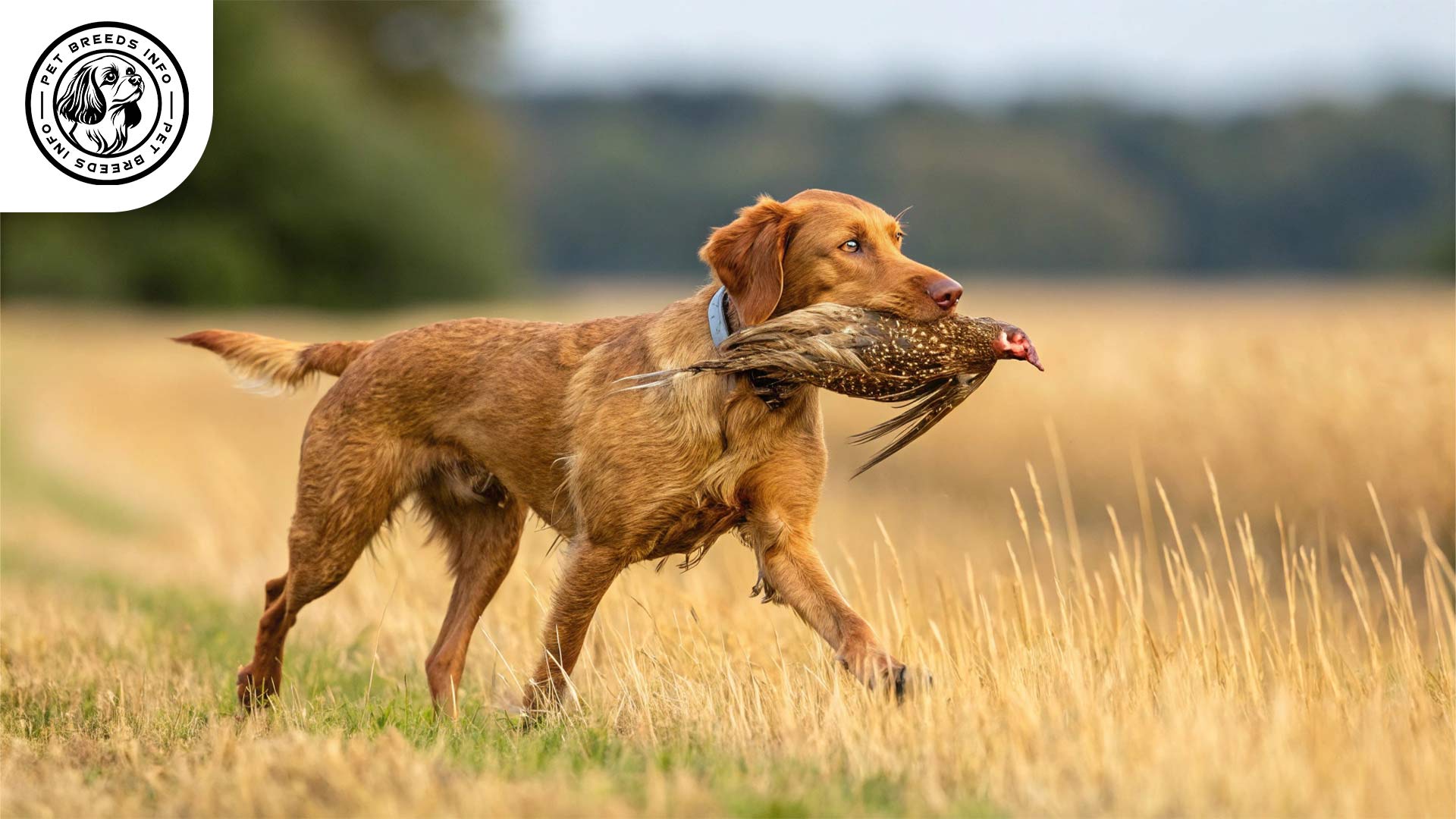
Interaction with Other Animals and Humans
This breed is affectionate and loving, making it an excellent companion for families with children. However, supervision is recommended with very young kids to prevent unintentional rough play. They tend to get along well with other dogs if properly introduced, though their hunting instincts may cause them to chase smaller animals. They suit active families or individuals who can provide companionship and exercise to meet their social and physical needs.
Price and Availability
The price of a Wirehaired Vizsla puppy from a reputable breeder typically ranges from $1,500 to $2,500, depending on lineage and breeder reputation. It is essential to research breeders carefully, ensuring they follow ethical breeding practices and conduct necessary health screenings. Adoption from rescue organizations is another option, offering a chance to provide a home to a dog in need. Potential owners should be prepared for the breed’s activity level and care requirements before making a decision.
Conclusion and Final Thoughts
The Wirehaired Vizsla is a loyal, intelligent, and energetic breed best suited for active individuals or families who can meet their need for regular exercise and companionship. They thrive in environments where they receive consistent training, mental stimulation, and affection. Potential owners should consider their hunting instincts, grooming needs, and attachment levels before bringing one home. With proper training, care, and socialization, this breed makes an excellent companion for those who appreciate its energetic and affectionate nature.
Read More: Tornjak Dog
FAQ
Is the Wirehaired Vizsla a good family dog?
Yes, it is affectionate and loyal, making it an excellent companion for families, especially active ones.
How much exercise does a Wirehaired Vizsla need?
They require daily exercise, including long walks, runs, and interactive play to stay happy and healthy.
Does the Wirehaired Vizsla shed a lot?
Shedding is moderate, but regular brushing helps manage it. Occasional hand-stripping maintains coat texture.
Can Wirehaired Vizslas live in apartments?
They can adapt but need plenty of outdoor exercise. A home with space to run is ideal.
